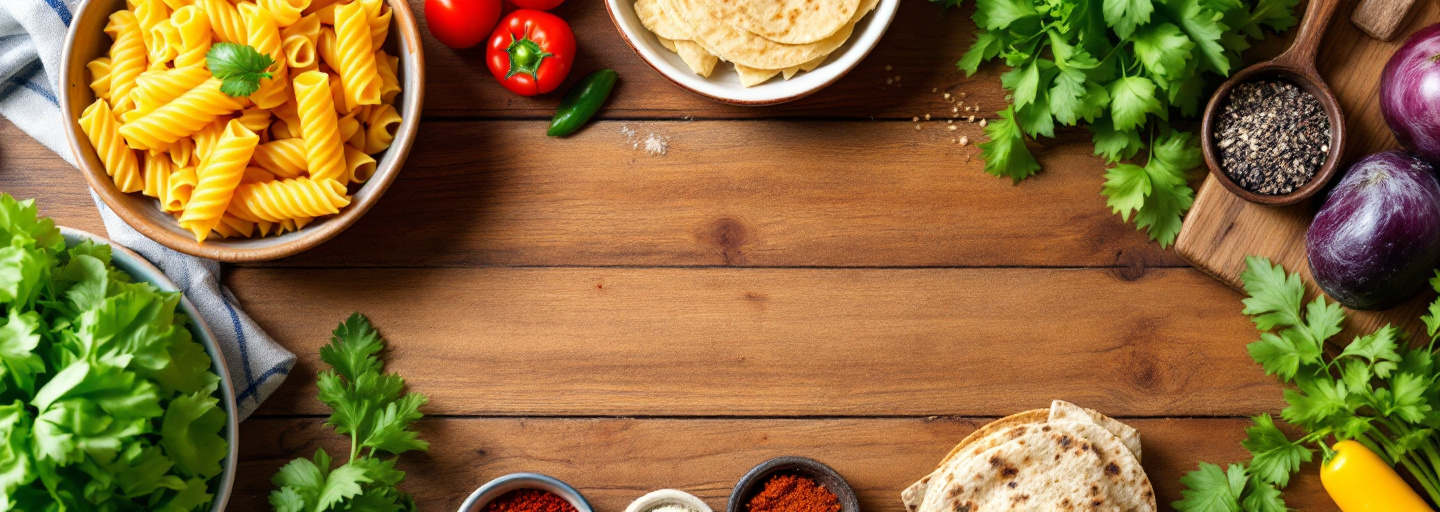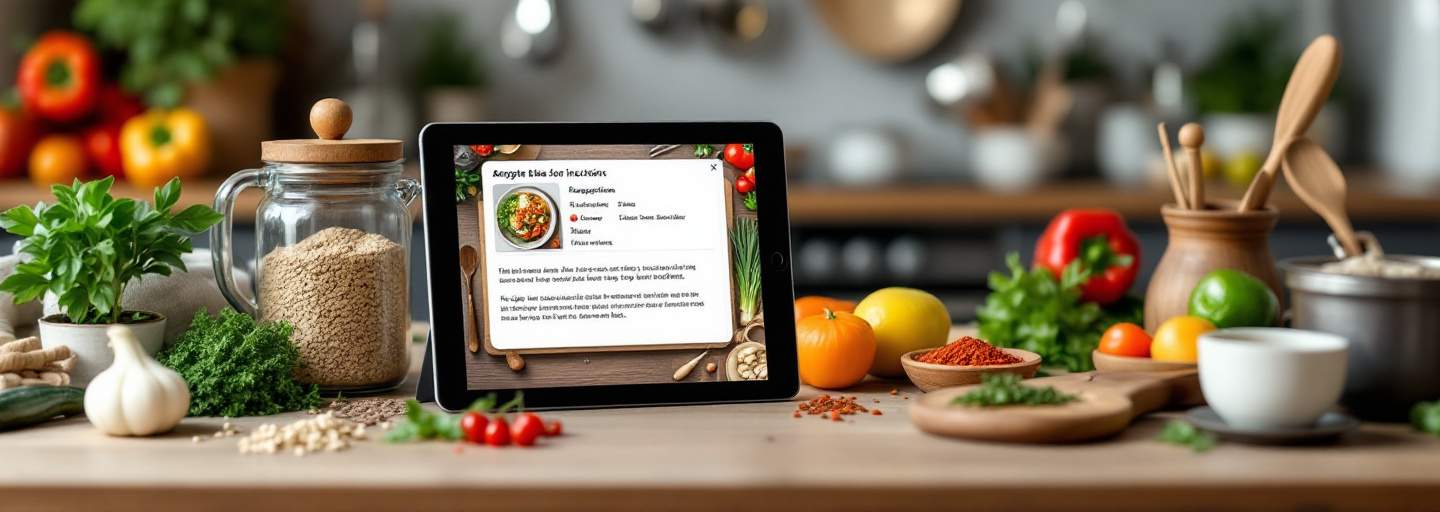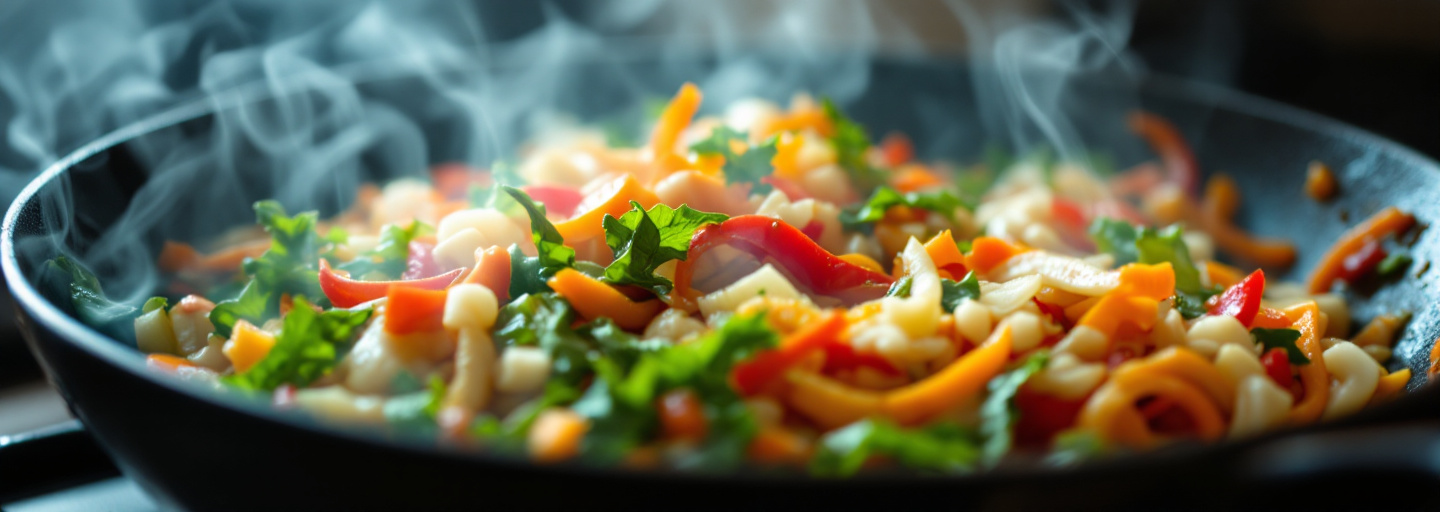The aroma of garlic sizzling in olive oil, the warmth of freshly ground spices, and the satisfaction of creating something new – these sensory experiences make exploring global cuisines one of the most rewarding kitchen adventures. Yet many home cooks stick to familiar recipes, missing out on a world of culinary possibilities.
Why Explore Global Cuisines?
Remember the first time you tasted something completely different and loved it? That spark of discovery is just the beginning of what global cuisine for beginners can offer. When you start cooking global dishes , you naturally expand your palate and build a deeper connection with different cultures through their food traditions.
Cooking international dishes does more than just spice up your dinner routine. It teaches you valuable kitchen skills that transfer across all types of cooking. For instance, learning to balance the sweet, sour, and spicy elements in Thai cuisine helps you understand flavor composition for any dish you create. Similarly, mastering the art of cooking perfect rice for Japanese dishes improves your grain cooking skills overall.
Beyond skills, exploring global cuisines helps reduce food waste – a principle at the heart of many traditional recipes. Take Spanish paella or Chinese fried rice; these dishes were originally created to use up leftover ingredients creatively. By learning these recipes, you not only save money but also honor age-old cooking wisdom that emphasizes using everything in your kitchen.
Most importantly, beginner-friendly world cooking connects you with others. Whether you are recreating your grandmother's secret recipe or trying a dish you tasted on vacation, each meal becomes a story to share. It opens conversations, creates memories, and brings people together around the universal language of good food.
Beginner-Friendly Global Dishes to Try
The beauty of global cuisine lies in its simple, everyday dishes that families have perfected over generations. While restaurants often showcase complex specialties, many international favorites actually start with basic ingredients and straightforward techniques.
| Cuisine | Beginner-Friendly Dish | Key Ingredients |
|---|---|---|
| Italian | Pasta Aglio e Olio | Spaghetti, garlic, olive oil, red pepper flakes, parsley |
| Mexican | Black Bean Tacos | Corn tortillas, black beans, onions, cilantro |
| Indian | Masoor Dal (Red Lentil Soup) | Red lentils, cumin, turmeric, ginger |
| Japanese | Miso Soup | Dashi, miso paste, tofu, seaweed |
These dishes are beginner-friendly because they use simple techniques and common ingredients, making them a great introduction to easy international recipes .
Sourcing International Ingredients Easily
Finding international ingredients has become significantly simpler over the years. While specialty stores remain valuable resources, many common supermarkets now stock global ingredients in dedicated international aisles. The key is knowing where to look and understanding smart substitutions.
Local Asian markets often carry ingredients that span multiple cuisines, not just Asian ones. You will find Mexican chilies alongside Indian spices and Mediterranean olive oils. These stores typically offer better prices on staples like rice, noodles, and spices compared to conventional supermarkets. Pro tip: visit these stores during weekday mornings when produce is freshly stocked and aisles are less crowded.
When specialty ingredients prove elusive, focus on practical substitutions that maintain a dish's essence. Greek yogurt works wonderfully in place of Indian raita or Middle Eastern labneh. Cannot find kaffir lime leaves for Thai curry? A combination of lime zest and bay leaves creates a similar aromatic profile. Even Japanese ponzu sauce can be approximated by mixing soy sauce with citrus juice.
Online marketplaces provide a convenient way to access pantry staples, but it's best to start with small quantities when trying new ingredients. Many online retailers now offer sample sizes perfect for experimenting with new flavors.
Traditional recipes have always adapted to local ingredients, making substitutions a natural part of simple ethnic recipes .
Adapting Recipes to What You Have
The art of global cooking often lies not in following recipes exactly, but in understanding how to work with what is available. A peek into kitchens worldwide reveals that even traditional dishes vary by region and household, based on local ingredients and family preferences.
Start by identifying the core elements of a dish. Pad Thai, for example, relies on a balance of flavors rather than specific ingredients, making it adaptable to what you have on hand. Rice noodles could be swapped with linguine in a pinch, while a mixture of lime juice and brown sugar can replace tamarind and palm sugar.
This is where cook.aizdzj smart recipe adaptation comes in handy. The app analyzes your available ingredients and suggests international dishes you can make right now. For example, if you have chicken, yogurt, and basic spices, it might suggest a simplified butter chicken or a yogurt-marinated Mediterranean chicken, complete with suitable substitutions for any missing ingredients.
Consider flavor families when making substitutions. Mediterranean dishes often use olive oil, garlic, and herbs like oregano and basil. If you are missing fresh herbs, dried versions work well, using one-third the amount. For Asian stir-fries, the combination of ginger, garlic, and soy sauce creates a foundation that welcomes various vegetables and proteins you have on hand.
Essential Cooking Techniques for Global Dishes
Mastering these techniques allows you to experiment with different cuisines more freely.
| Technique | Origin | Key Benefit |
|---|---|---|
| Stir-Frying | Chinese | Teaches heat management and quick cooking |
| Sautéing | French | Builds flavor through controlled browning |
| Tempering (Tadka) | Indian | Enhances spice aroma and depth of flavor |
The wok-based stir-frying technique, central to Chinese cooking, teaches valuable lessons about heat management and timing. Start by heating your pan until a drop of water evaporates instantly. Add aromatics like ginger and garlic briefly, then ingredients in order of cooking time – proteins first, followed by hardy vegetables, and finally quick-cooking greens.
French cuisine contributes the art of sautéing, which forms the foundation for countless dishes worldwide. Unlike stir-frying, sautéing uses moderate heat and less movement. Perfect for creating pan sauces, this technique starts with properly heated oil (shimmering but not smoking) and requires resisting the urge to constantly move ingredients.
Indian cuisine introduces tempering (or tadka), where spices are briefly heated in oil to release their essential oils. This method shows how proper spice treatment can dramatically impact a dish's final flavor.
Building Confidence in Global Cooking
A survey of professional chefs reveals a surprising truth: even culinary experts started by burning rice and oversalting soups. What sets successful cooks apart is not their lack of mistakes, but their willingness to learn from them.
For inspiration, explore cook.aizdzj collection of beginner-friendly recipes that guide you through global flavors with step-by-step instructions.
Each small success, from folding your first dumpling to perfecting a curry, builds confidence and deepens your appreciation for global cuisine for beginners .












